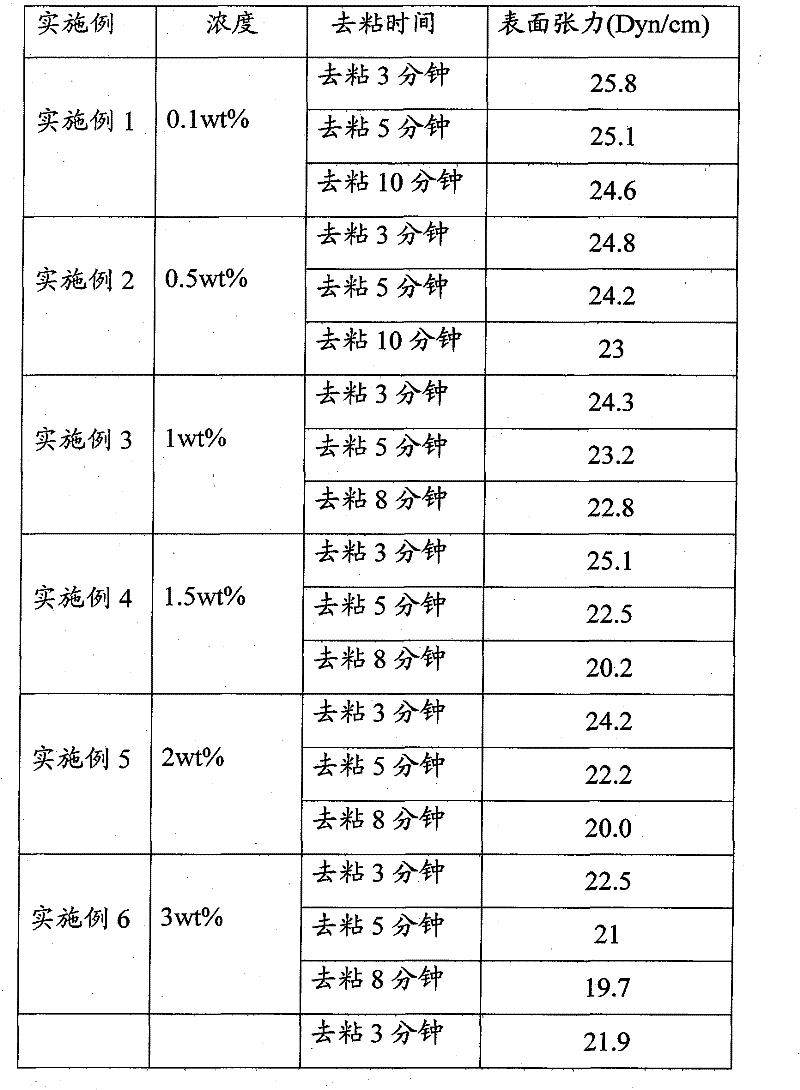Liquid photosensitive resin letterpress surface detackification method
A photosensitive resin and liquid technology, which is applied in photosensitive material processing, chemical instruments and methods, semiconductor/solid device manufacturing, etc., can solve problems such as poor ability to transfer PI liquid, easy adhesion of dust, poor printing uniformity, etc., to achieve The ability to transfer PI liquid is enhanced, the printing uniformity is improved, and the effect of enhancing the light reaction effect
- Summary
- Abstract
- Description
- Claims
- Application Information
AI Technical Summary
Problems solved by technology
Method used
Image
Examples
Embodiment 1
[0013] Take a certain amount of benzophenone and dissolve it in isopropanol, prepare a photocatalyst with a concentration of 0.1wt%, and coat it on the liquid photosensitive resin, using an ultraviolet light source with a wavelength of 254nm, at a light intensity of 60mw / cm 2 The surface of the letterpress was irradiated under certain conditions, and the surface tension was tested under different detackification times. See Table 1 for specific data.
Embodiment 2
[0015] Dissolve a certain amount of benzophenone in isopropanol, prepare a photocatalyst with a concentration of 0.5wt%, and coat it on the surface of the liquid photosensitive resin relief, using an ultraviolet light source with a wavelength of 254nm, at a light intensity of 60mw / cm 2 The surface of the letterpress was irradiated under certain conditions, and the surface tension was tested under different detackification times. See Table 1 for specific data.
Embodiment 3
[0017] Take a certain amount of benzophenone and dissolve it in isopropanol, prepare a photocatalyst with a concentration of 1wt%, and coat it on the surface of the liquid photosensitive resin relief, using an ultraviolet light source with a wavelength of 254nm, at a light intensity of 60mw / cm 2 The surface of the letterpress was irradiated under certain conditions, and the surface tension was tested under different detackification times. See Table 1 for specific data.
PUM
| Property | Measurement | Unit |
|---|---|---|
| wavelength | aaaaa | aaaaa |
| surface tension | aaaaa | aaaaa |
Abstract
Description
Claims
Application Information
 Login to View More
Login to View More - R&D
- Intellectual Property
- Life Sciences
- Materials
- Tech Scout
- Unparalleled Data Quality
- Higher Quality Content
- 60% Fewer Hallucinations
Browse by: Latest US Patents, China's latest patents, Technical Efficacy Thesaurus, Application Domain, Technology Topic, Popular Technical Reports.
© 2025 PatSnap. All rights reserved.Legal|Privacy policy|Modern Slavery Act Transparency Statement|Sitemap|About US| Contact US: help@patsnap.com


